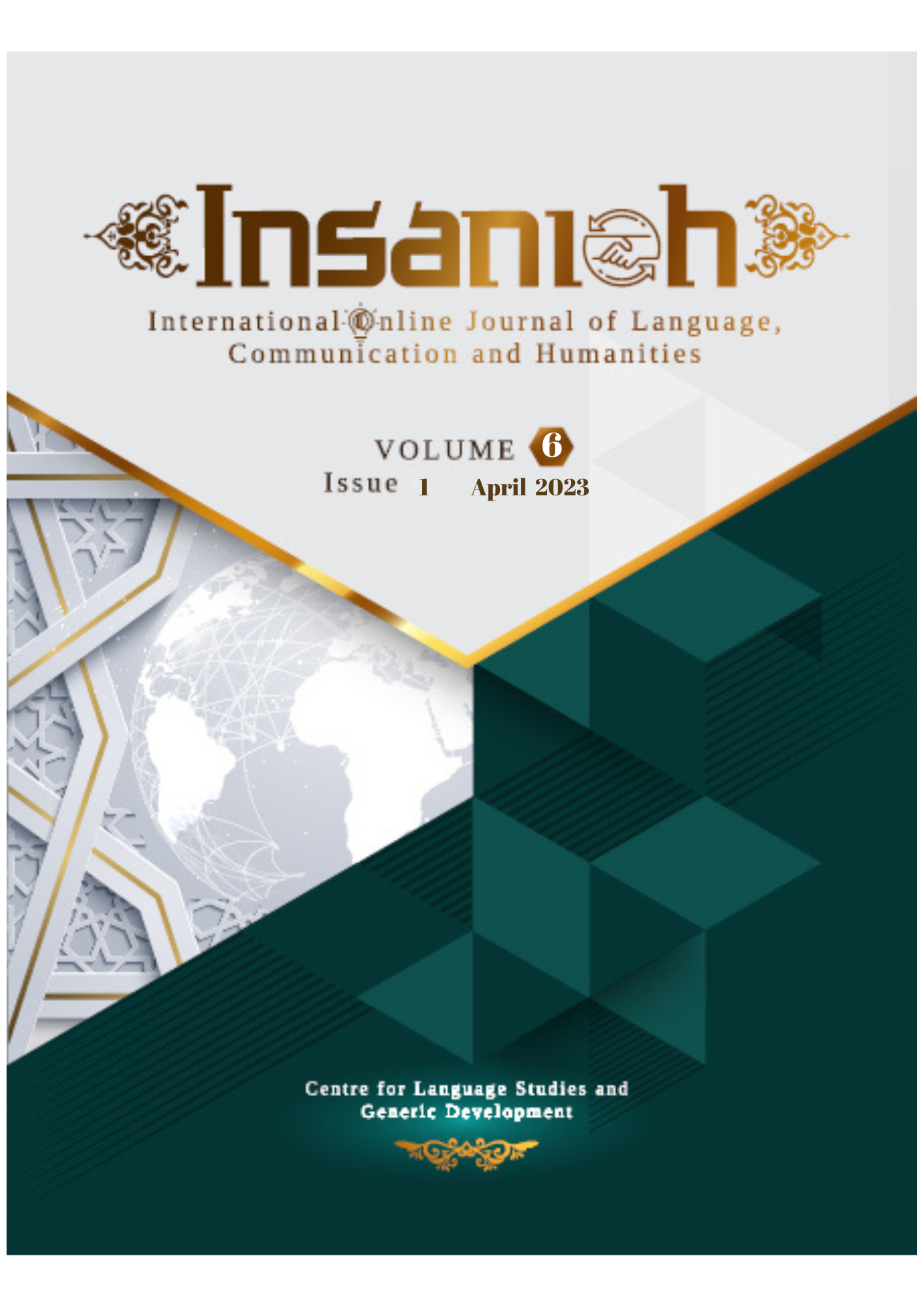Exploring Challenges in Translating Li Bai’s Classical Chinese Poems to English
DOI:
https://doi.org/10.47254/kn4zwp34Abstract
Translation has helped tremendously in introducing the classical Chinese literature to the world. One of challenges literary translators face is in translation of poems, particularly in language of different families such as English and Chinese. In this study, the three-beauty principle was employed to evaluate classical Chinese poetry translation of Li Bai’s ten poems. Evidence of lexical, syntactic, textual, rhetorical, and imagery challenges were identified, and the process of translation was described with the analysis of ten selected poems and their translations. It was found that understanding of Chinese culture, history, and language are crucial to maintain the original poetic atmosphere and meanings despite the very fundamental challenge of intertextuality in Chinese poetry translation. The findings could have implications for translators and readers in that a good poetry translation should preserve the original poem’s sense, form, and meaning as much as possible depending on the lyrics, translators’ creativity, melody, rhyme, and the differences between the languages and cultures.




